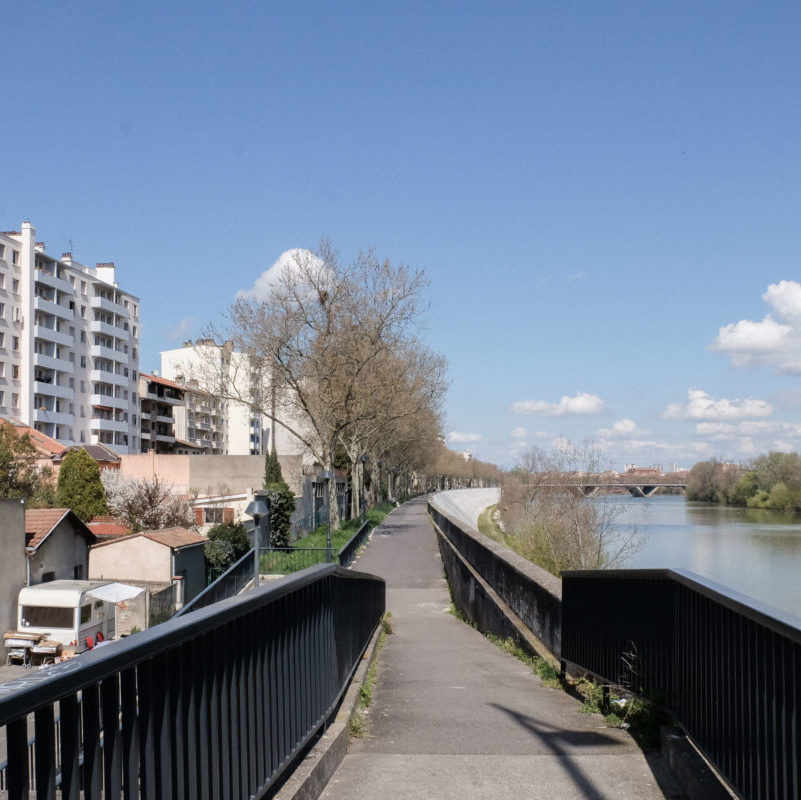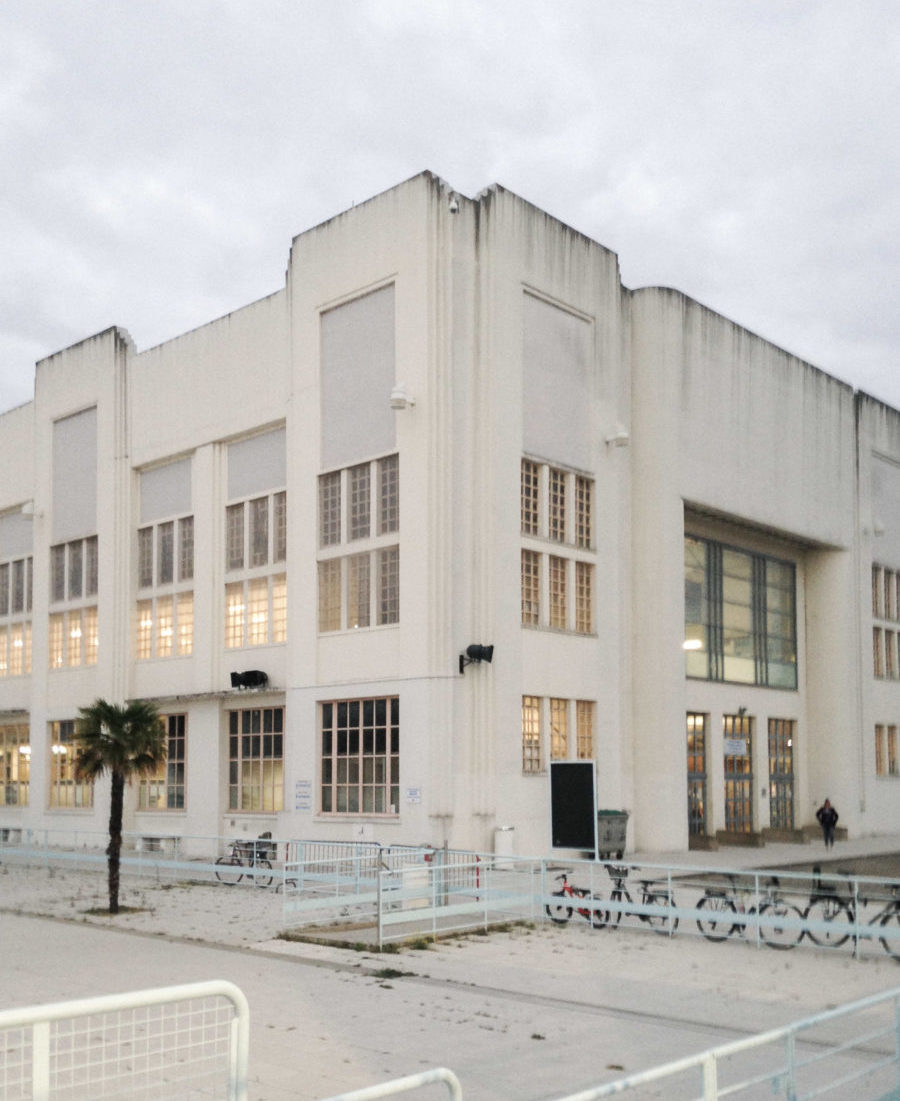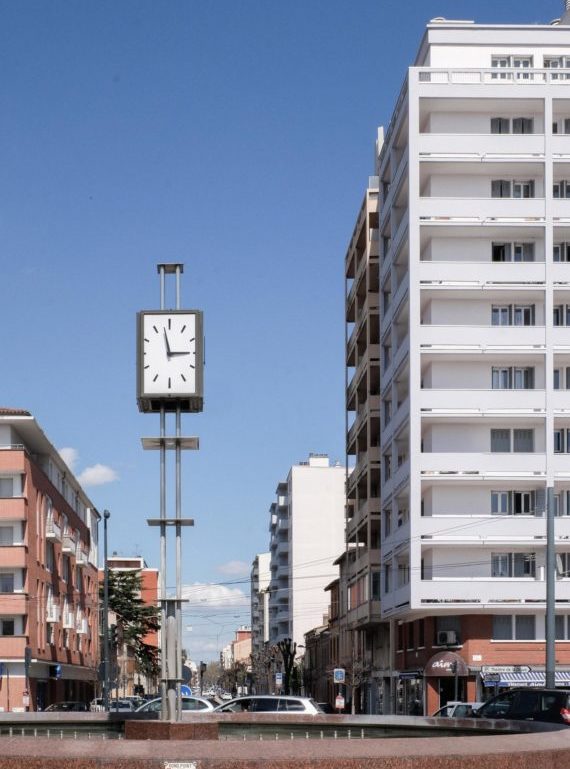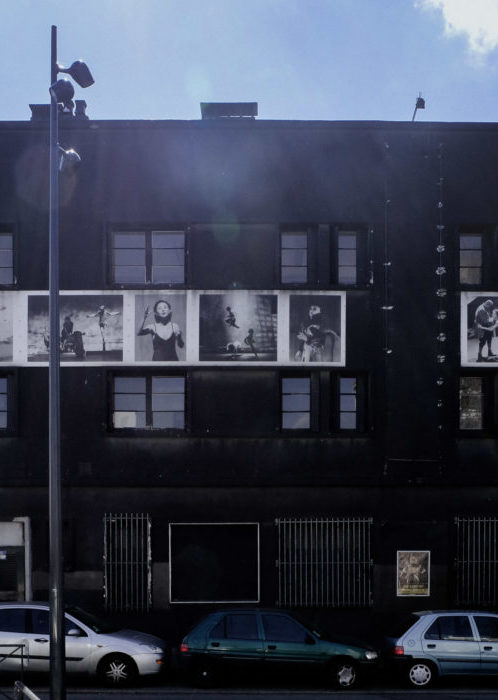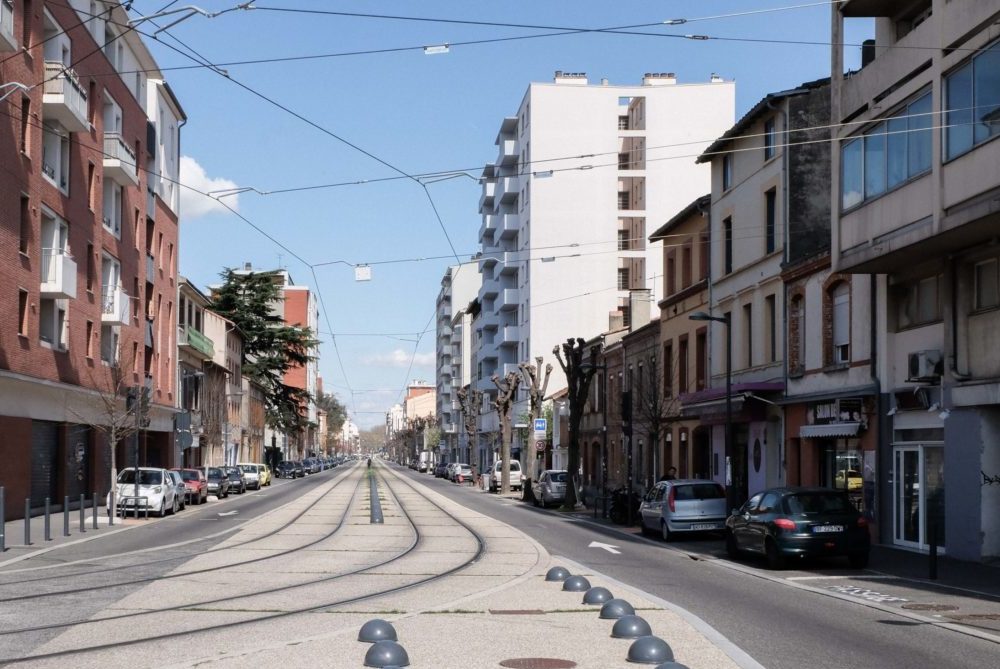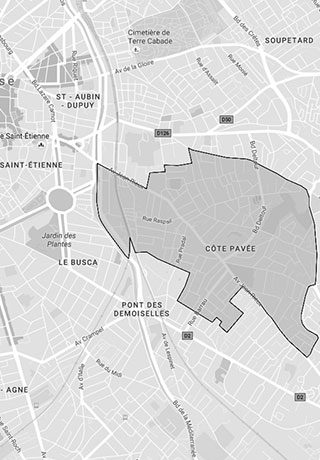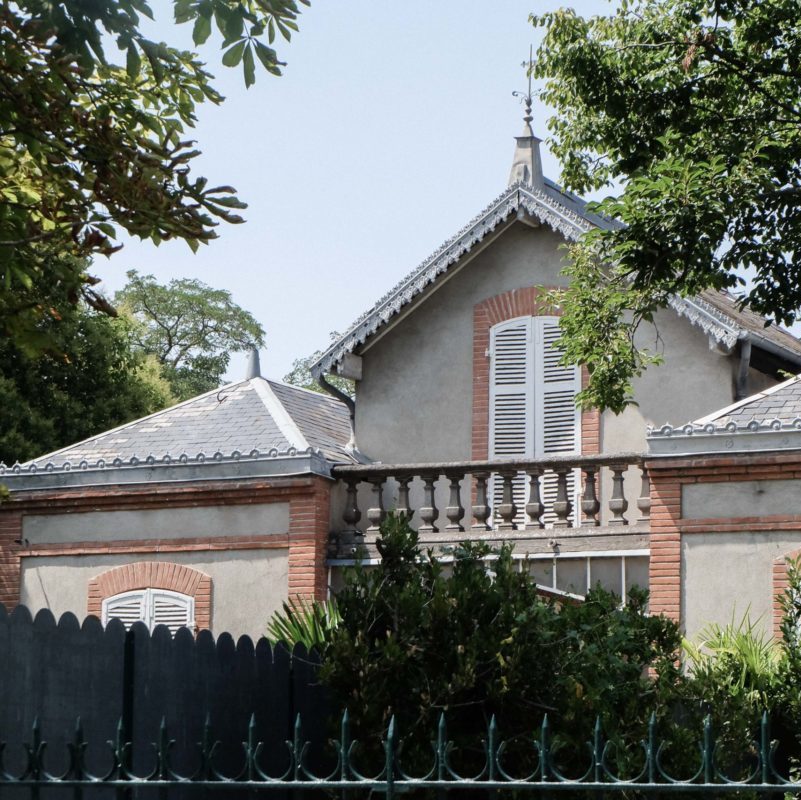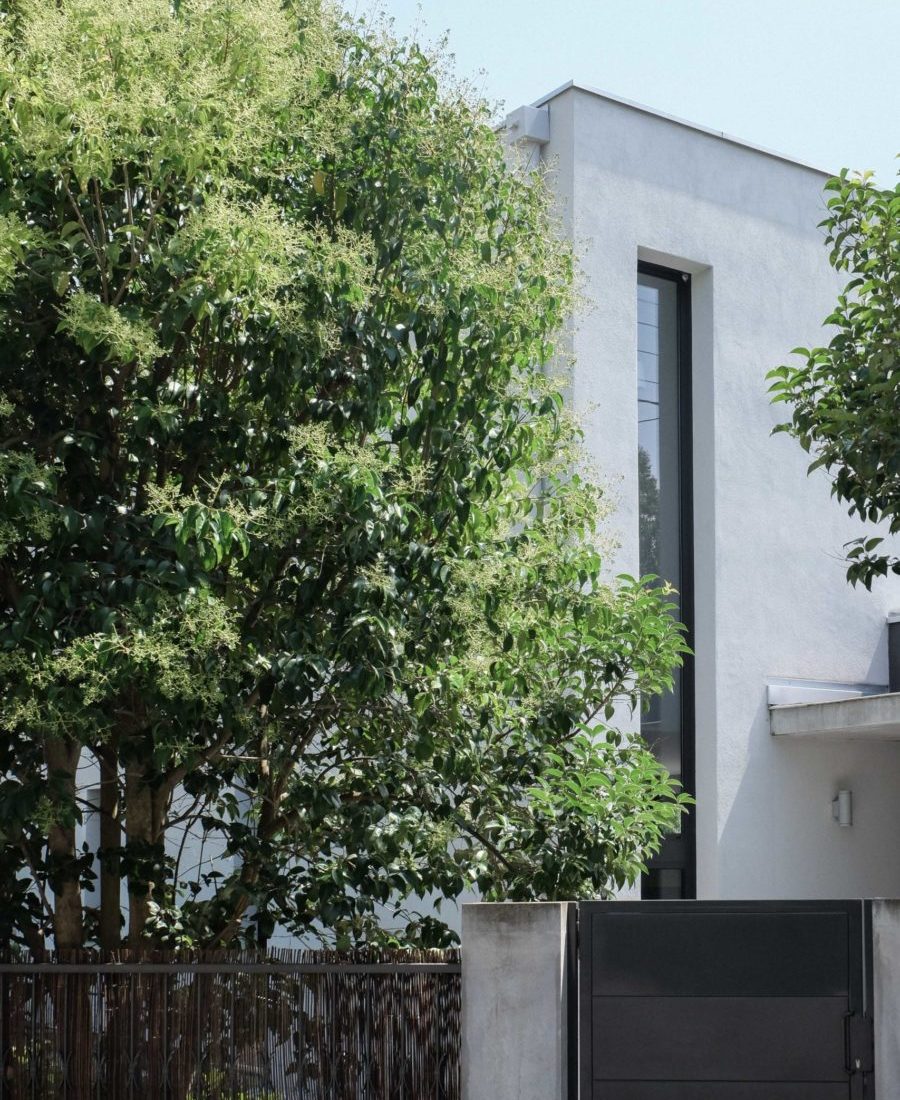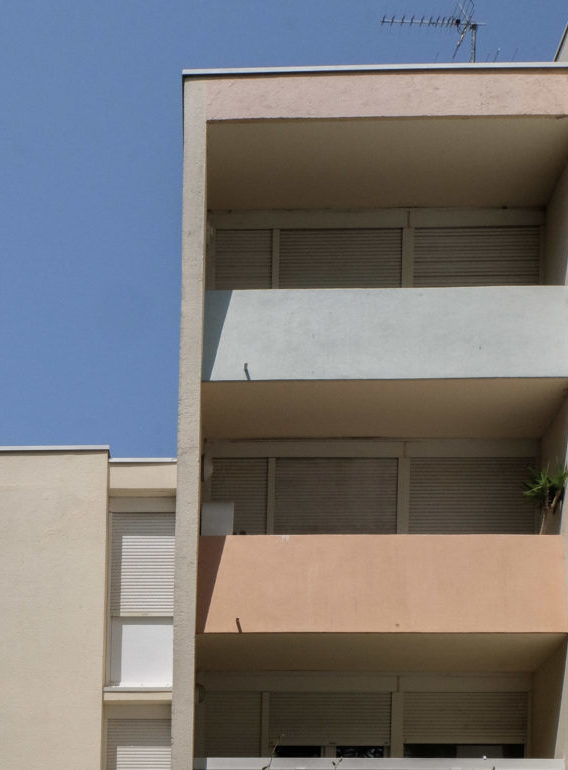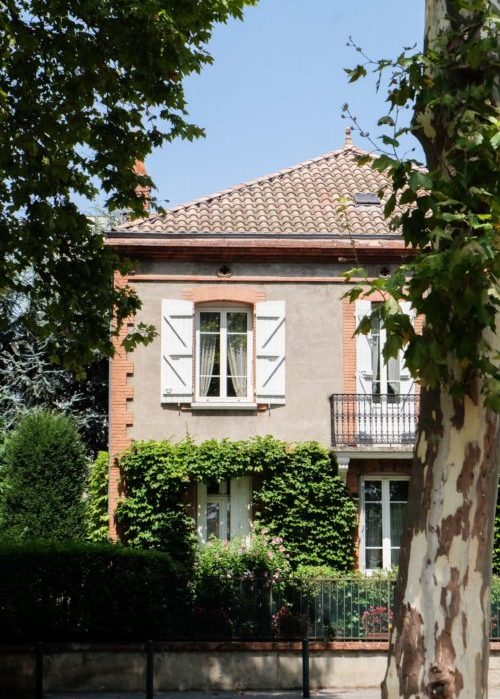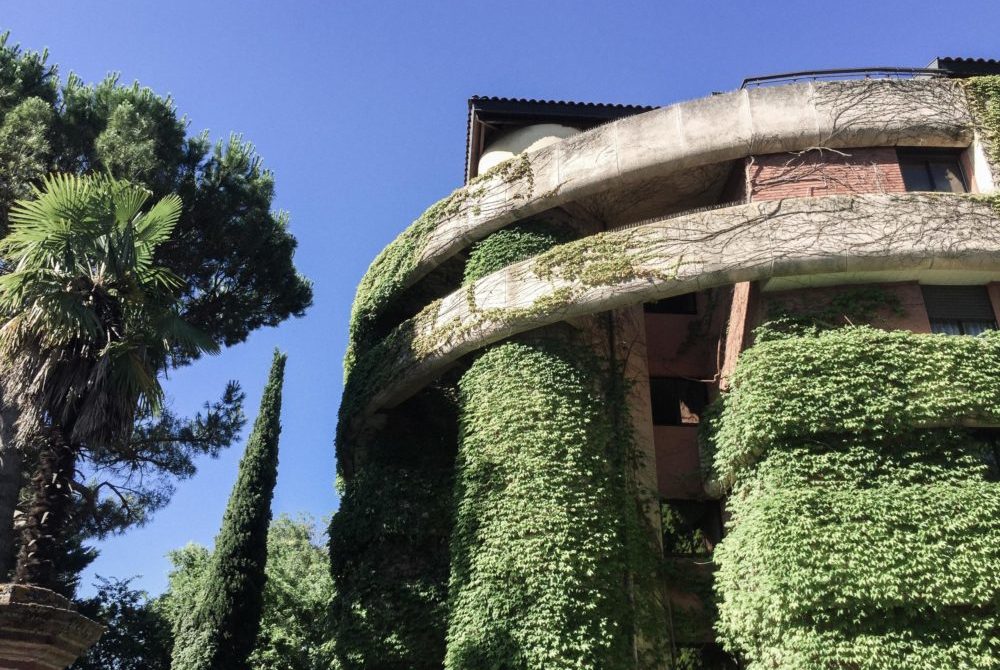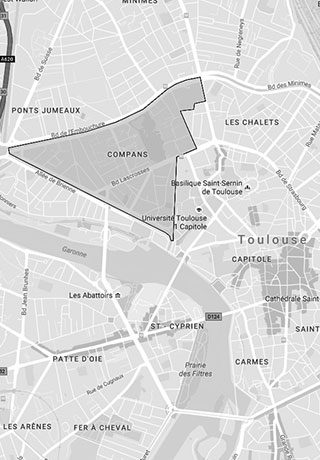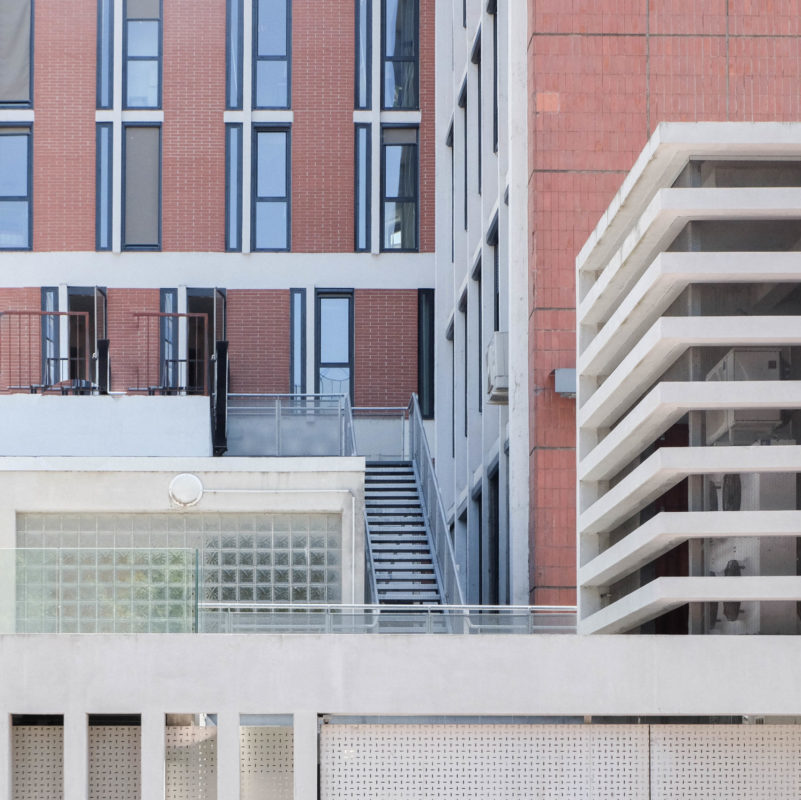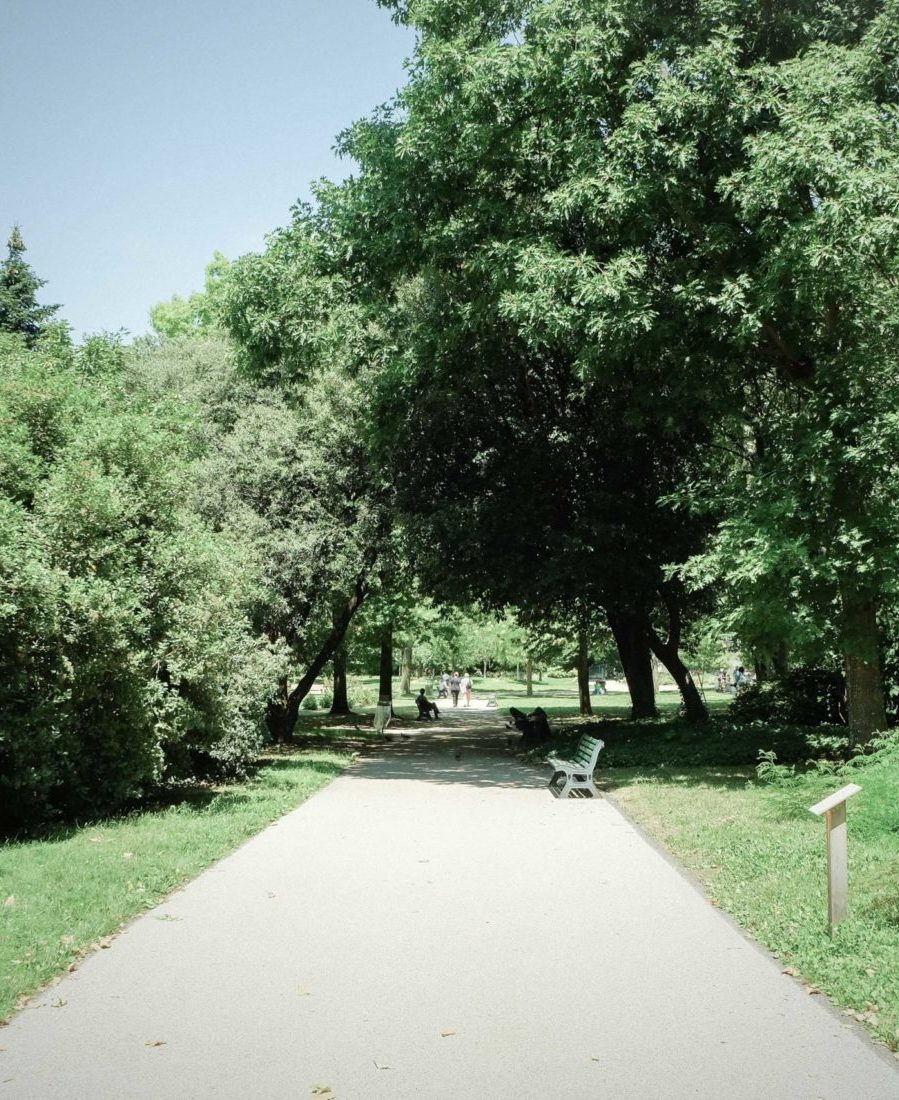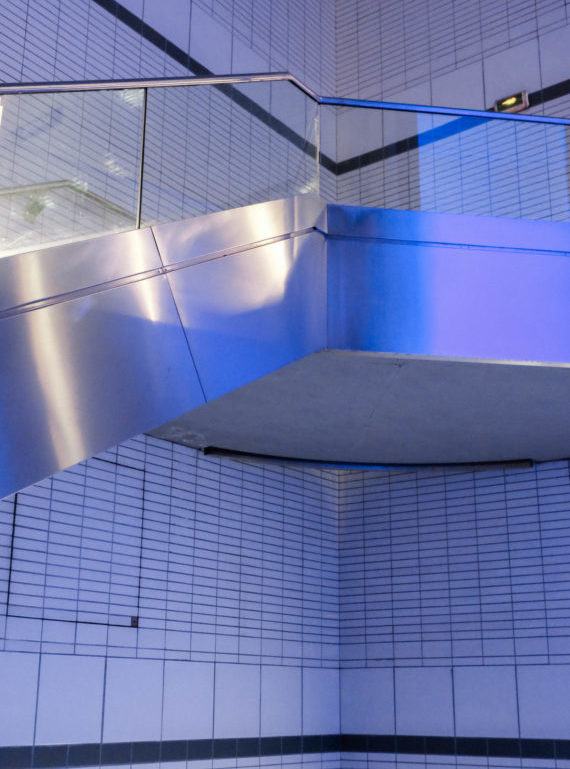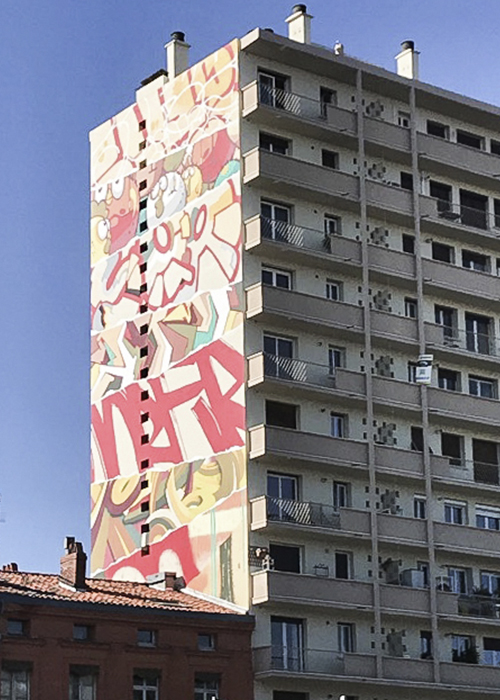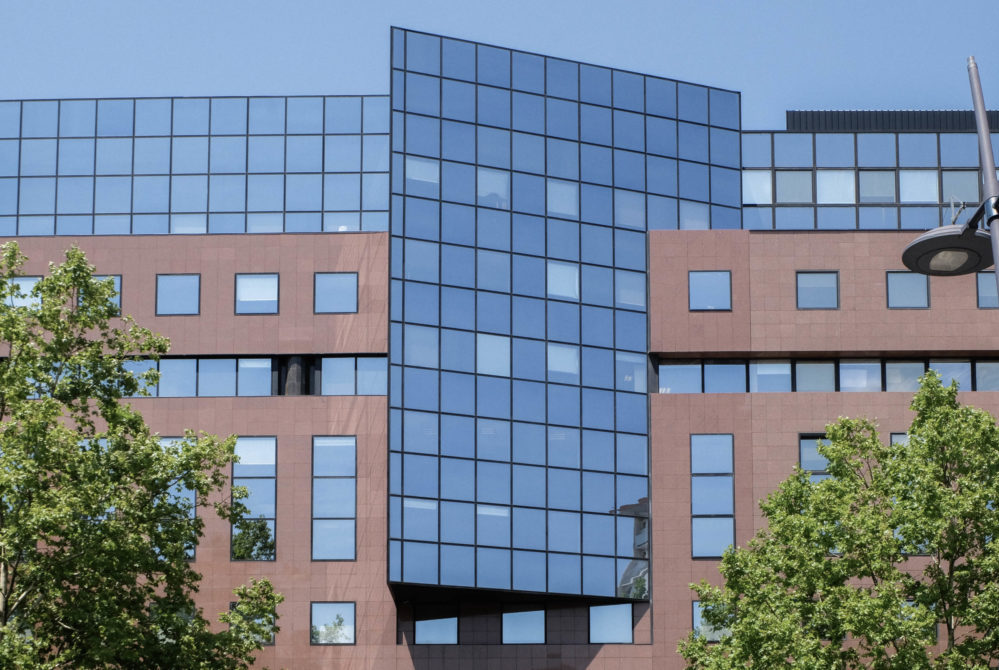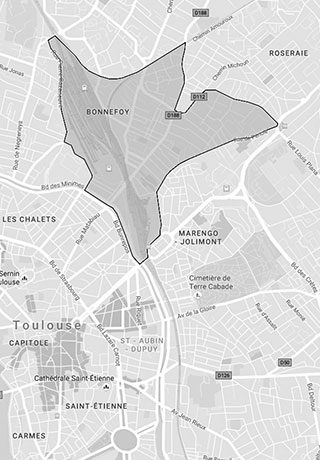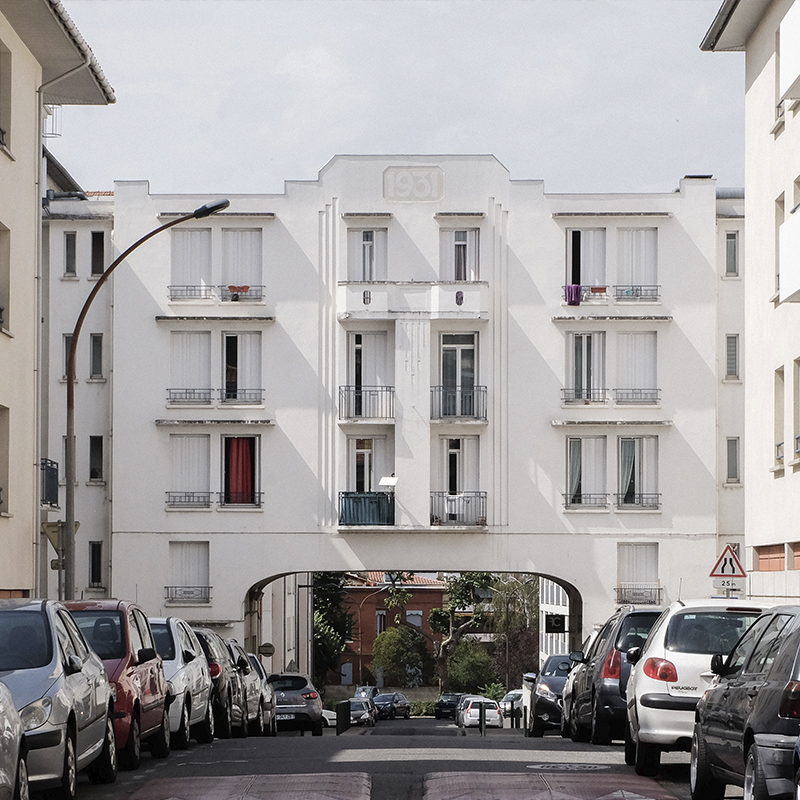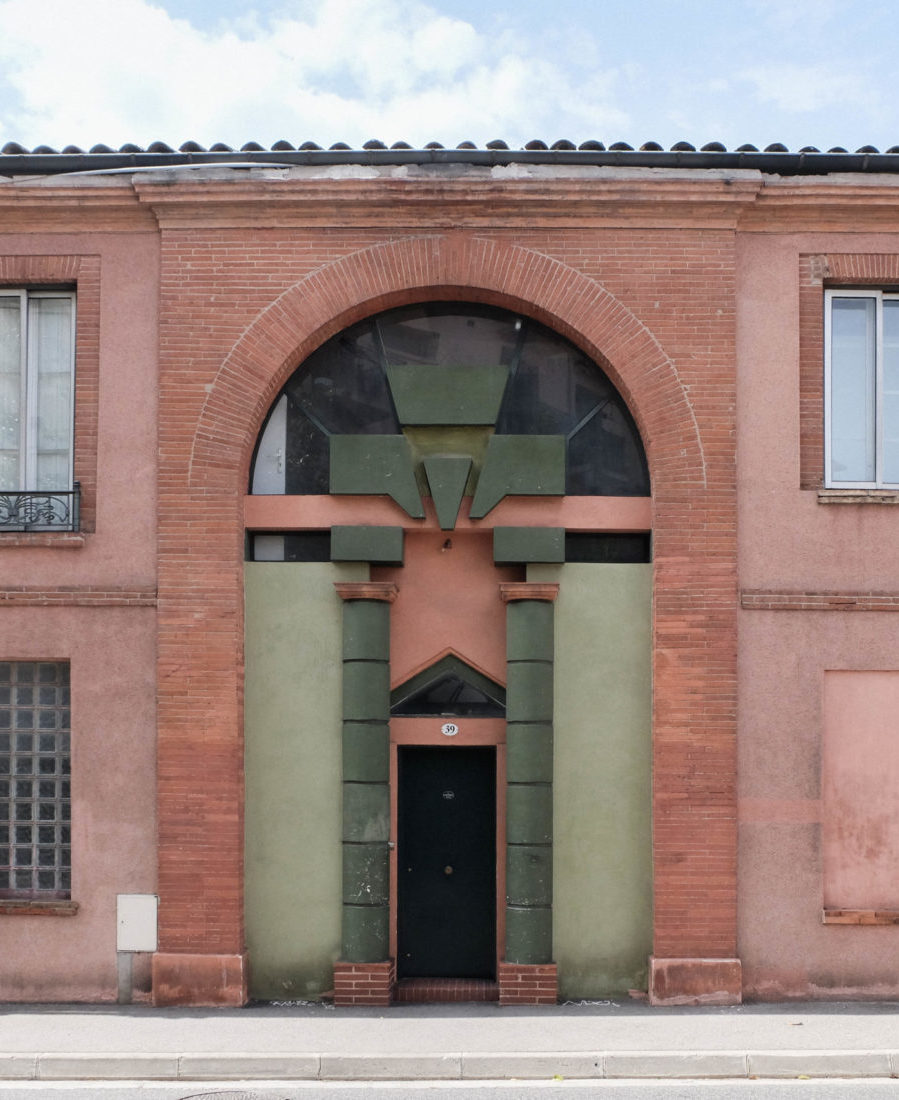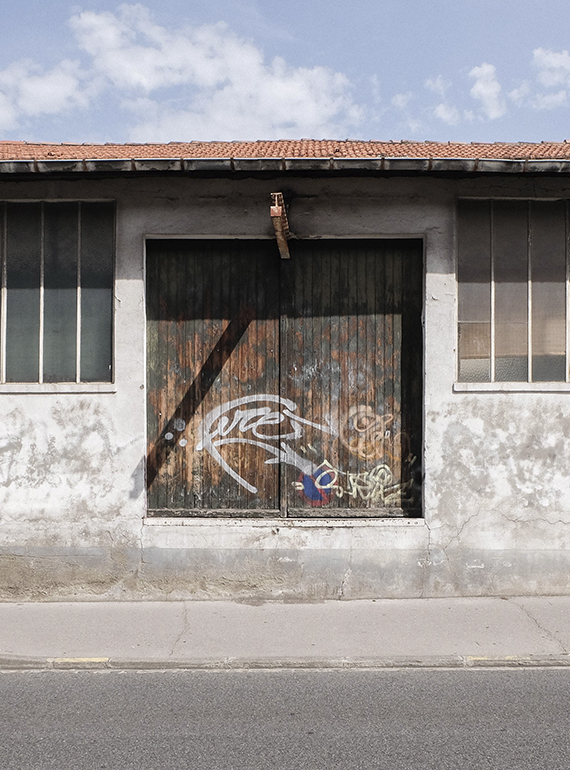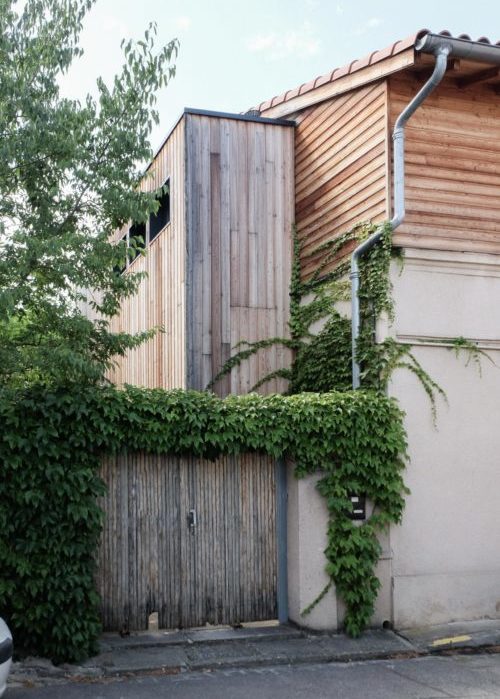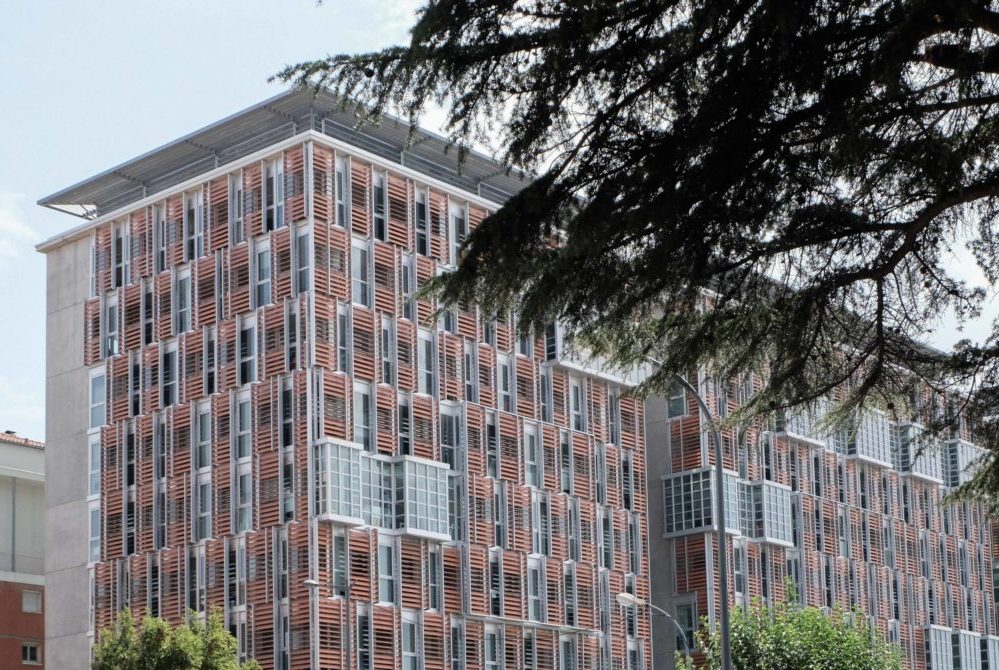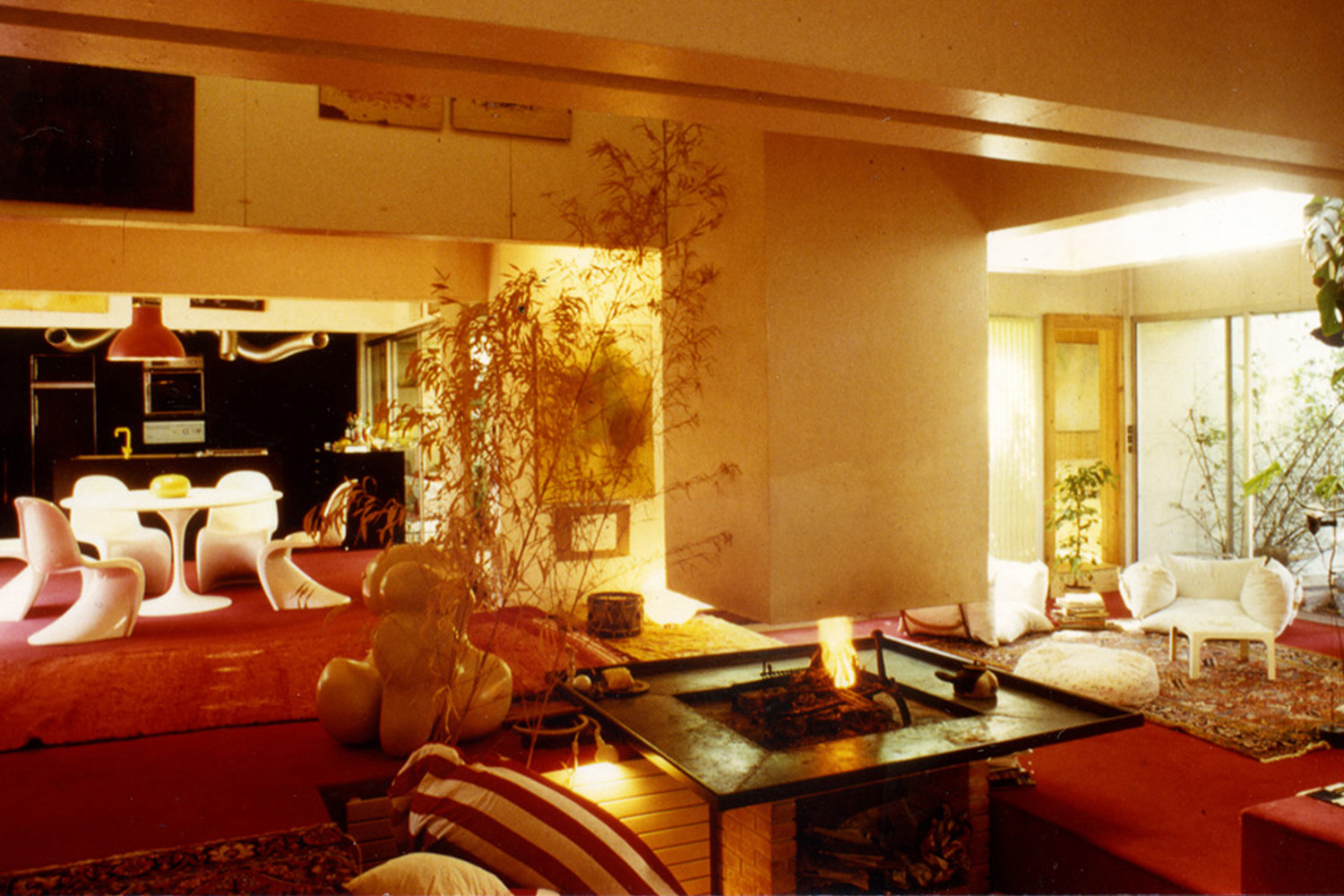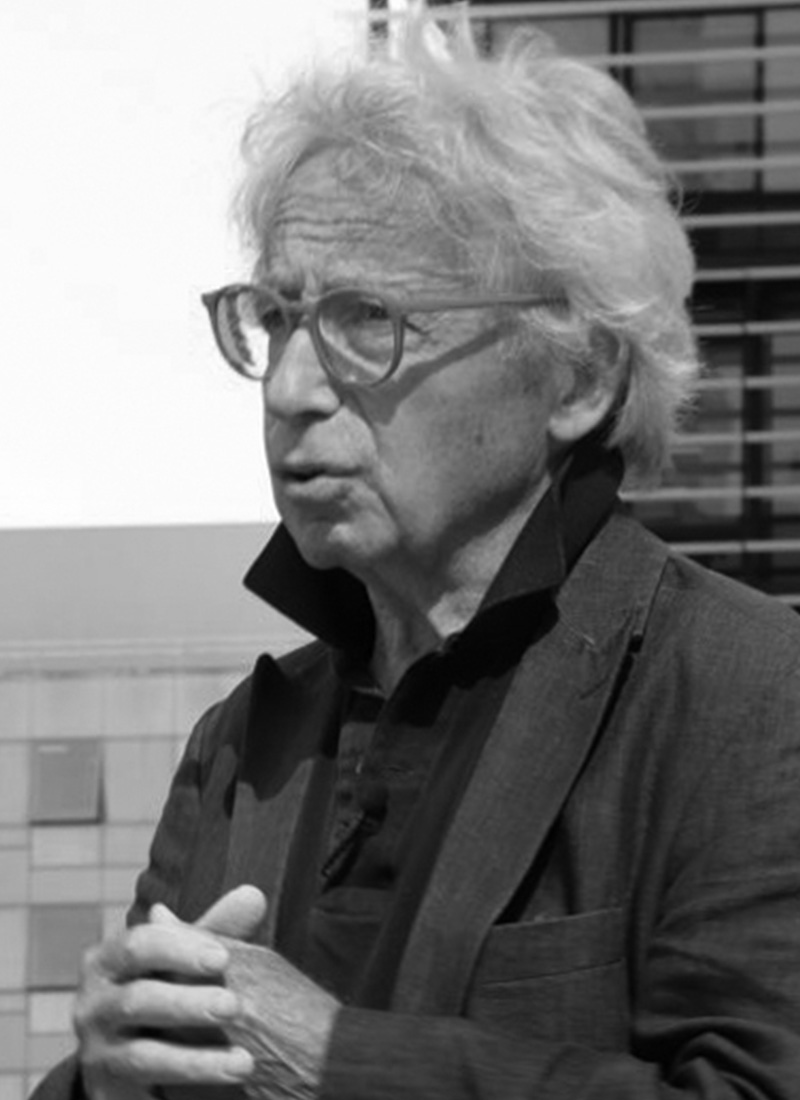Croix de Pierre

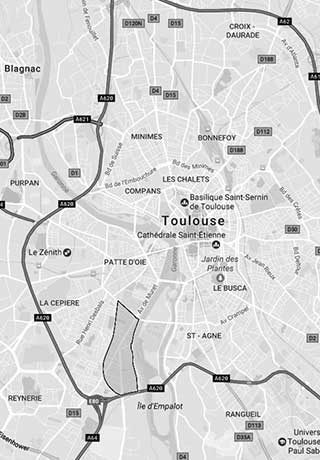
The Croix de Pierre is now embedded in the wall of a house at the corner of rue Lafage.
Thanks to the many activities, events, and festivities organized by its inhabitants, it is a lively and very animated district: there are many small shops useful for daily life, and a market is held there twice a week.
Geographically, it is also well located: a stone’s throw from the banks of the Garonne, the Ernest Wallon Stadium, the art deco Nakache swimming pool, designed by the architect Jean Montariol, as well as many other cultural venues such as the Théâtre de la Digue. A large public transportation network links it to the city center: streetcar, bus, VélÔ Toulouse.
Croix de Pierre is a neighborhood in constant evolution, where many urban projects are expected in the coming years. It is therefore a very popular neighborhood for families, quiet and dynamic, where life is good.
